Over the years, the development, advancement and utilisation of innovative technologies has been one of the key talking points in the blasting industry and the mining sector at large. In order to improve efficiencies, the blasting industry is rapidly adopting technology in all its forms.
In modern mines and quarries, developments in the areas of planning and design of blasts, drill monitoring, drillhole deviation, drill machine navigation systems and laser profiling systems, to mention just some, have taken root in the last few years.
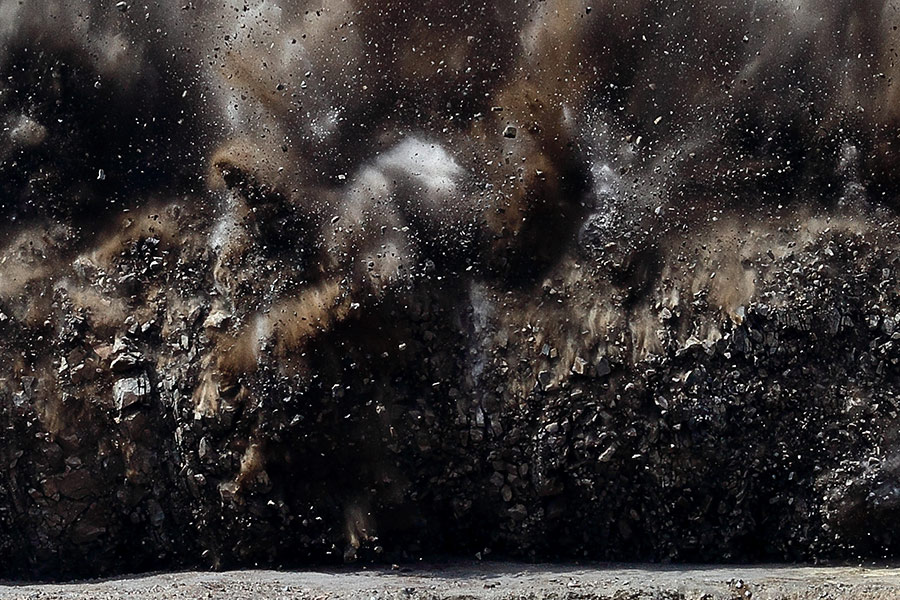
Emerging trends
Apart from technological advances, Hennecke believes that one of the interesting trends that has emerged in the aftermath of the Covid-19 pandemic is a re-focus on the security of supply for key mining inputs such as explosives.
The industry’s supply chains, he says, had been honed for many years to become as cost-efficient as possible, often driven by the ‘just-in-time’ philosophy. The economic lockdowns, closure of borders and logistical disruptions worldwide have led to a re-evaluation of this approach.
“Customers now tend to be more concerned about security of supply, and often adopt more of a ‘just-in-case’ attitude. It was interesting to note that, throughout the Covid-19 disruption, BME was able to continue supplying its customers within and across borders without a single stock-out,” he says.
Hennecke says the generally buoyant commodity market is allowing most customers to prioritise production, even if the cautious approach is not as cost-efficient. At the same time, there is significant cost-inflation creeping into the industry, and thus the pressure on companies to control costs is escalating.
Another important trend is the move towards the decarbonisation of mining and quarrying operations, with blasting service providers being expected to contribute to customers’ efforts to lower their carbon footprint.
“The global drive to adopt more sustainable business practices gathers momentum constantly. As part of the Omnia Group, BME is committed to innovation to enhance life, together creating a greener future,” he says.
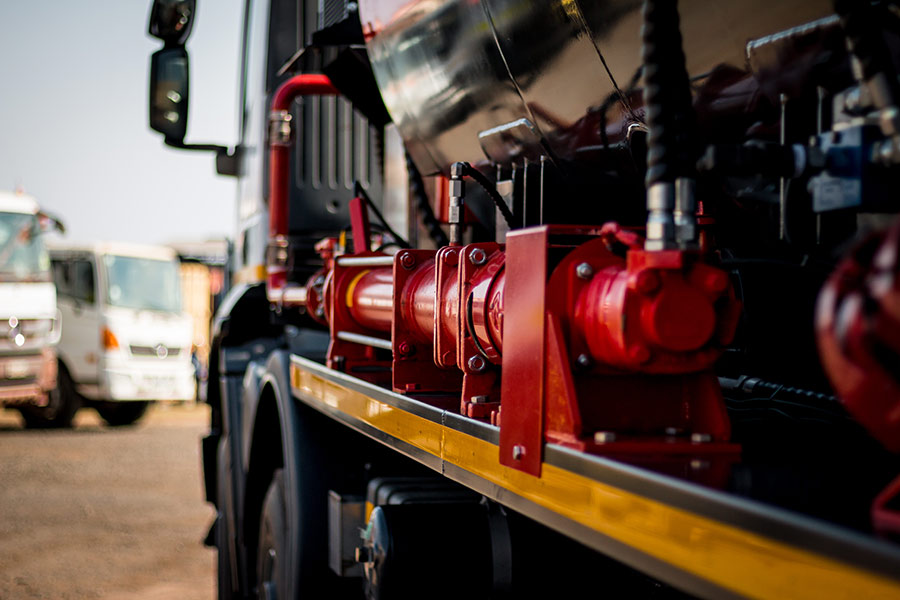
Response to trends
Commenting on how BME is responding to these trends, Hennecke says the company is committed to sustainable principles in the way it approaches its business. BME constantly innovates its explosive solutions and technology to provide customers with more efficient and productive operations – thus helping to reduce their energy consumption as well as the carbon emissions generated.
The company has also pioneered the inclusion of used oil in its emulsion explosives and is said to be the largest consumer of used oil in the explosives sector. This initiative contributes to a circular economy by safely disposing of used oil in a responsible manner, while preventing any of this oil from contaminating water or land.
It is estimated that it takes only a litre of oil to contaminate a million litres of water, making the safe disposal of oil a strategic global imperative – especially for water-scarce countries. BME’s used oil initiative is aligned with the United Nation’s Sustainable Development Goals (SDGs) – which focus on goals such as access to clean water, food security and eradication of pollution.
In South Africa alone, the company consumes almost 25-million litres of used oil annually and plans to increase its collection and processing capacity steadily over the next few years.
The company’s oil collection network has evolved over time – aligning each phase with its ISO 9000 quality certification. It is also registered as an approved collector and processor with the Recycling Oil Saves the Environment (ROSE) Foundation.
The oil collection network’s extensive logistical arrangements include taking used oil from its mining customers, but also from its group of 11 approved suppliers – or bulking points. The oil is processed and tested at the company’s dedicated facility in Delmas, from where it can be channelled into its emulsion production.
In 2021, the company was recognised by the Chemical and Allied Industries’ Association (CAIA) for its contribution to a cleaner environment – winning the CAIA Responsible Care initiative of the year award, in the company projects: Category A segment.

The future
Looking to the future, Hennecke says the blasting industry has been proactively leveraging the power of electronic and digital technology to improve the way mines and quarries can plan, execute, monitor and improve their blasts. An important trend in this process is the integration of blast-related data and results in customers’ own enterprise management systems.
“This is enabling the continual streamlining and fine-tuning of on-site operations, giving management more transparency and control for continuous improvement. The blasting industry is therefore an integral player in supporting the mines and quarries of the future and ensuring that this industry can grow sustainably,” concludes Hennecke.
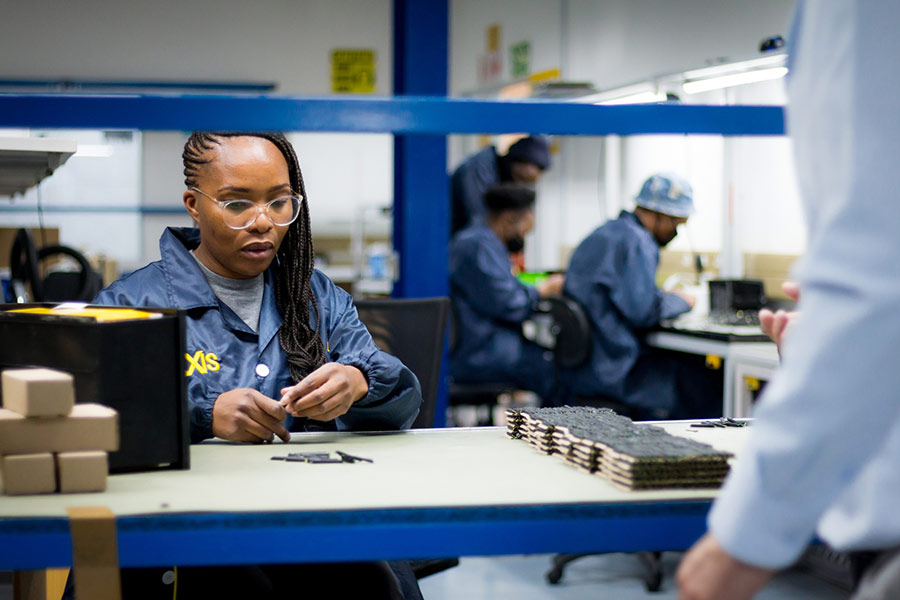
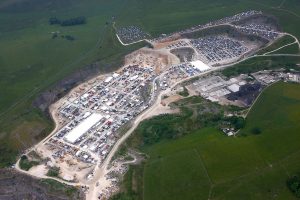
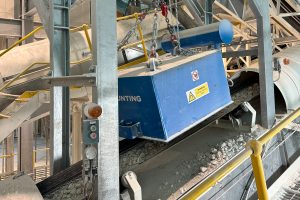


![Data from the World Risk Poll shows that one in five (21%) people in mining and quarrying occupations have experienced harm at work in the past two years. [Photo by Shane McLendon on Unsplash]](https://quarryingafrica.com/wp-content/uploads/2024/10/shane-mclendon-89hUOLtVfoI-unsplash-300x225.jpg)
